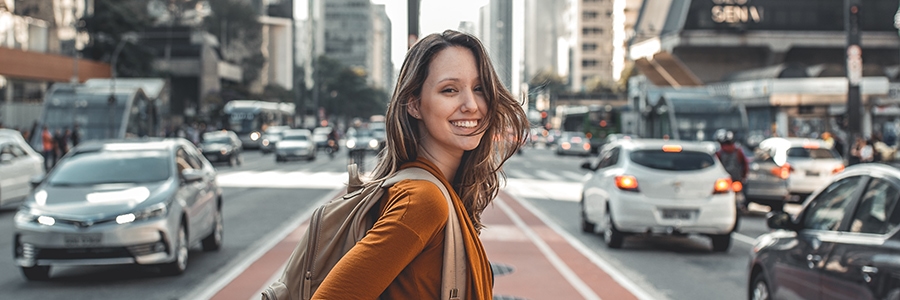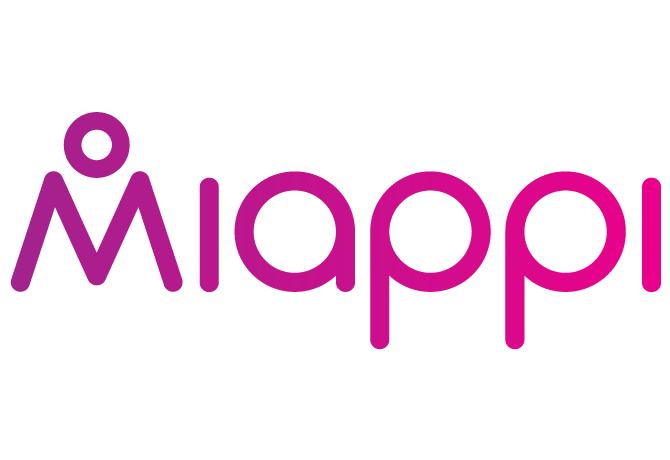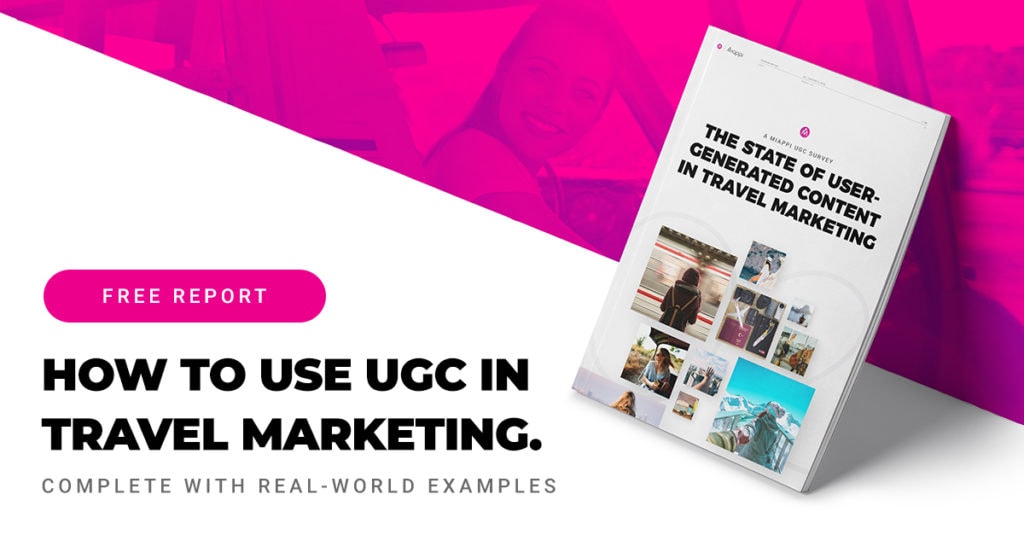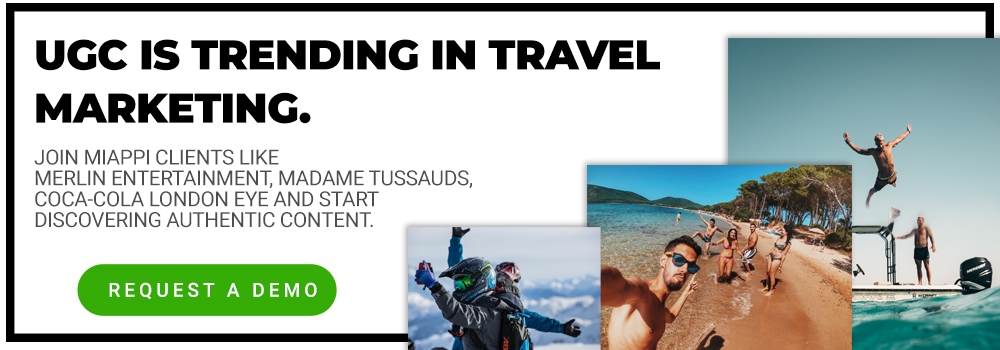UGC: The Latest Trends in International Travel Marketing

Travel Content Marketing vs. other Industries
On top of that, travel content marketing is much easier than content marketing in other industries. After all, would you rather take a look at screenshots of some spreadsheet software or at the sun going down at a five-star resort in the Caribbean? For a content marketing strategy to be successful, consumers need to want to consume that content. It’s arguably easier to create content that desire in travel than it is in any other industry.
Main Trend in Travel Marketing in 2018-2020
One of the biggest international travel marketing trends at the moment is the continuous importance of user generated content (UGC). After all, we’ve been taking and sharing holiday photos since way before the invention of the World Wide Web. And sharing our experience in social media is getting more traction than ever before. It’s just that marketing managers are increasingly focussing their attention on encouraging holidaymakers to create and share UGC because they know it’s more effective than anything that they themselves could accomplish.
User Generated Content for Travel Websites
One of the challenges when it comes to social media marketing in travel is that it involves handing some of the control over your brand to your customers. That’s just something that you’re going to have to learn to live with. People are going to share photos and social media updates whether you “allow” them to or not. Much more difficult is encouraging people to share those updates in the first place. Travel brands are already starting to take advantage of UGC. Take, for example, Air New Zealand’s #AirNSPacked campaign which asked travellers to upload photos of their packed suitcases so people could try to guess where they were going. Another example is Momondo’s “Bright Colours of the City” campaign, which aimed to encourage more people to travel by booking through their flight and search engine.
Travel Social Media Marketing Strategy
When it comes to social media marketing for the travel industry, many brands focus on providing incentives for people who take the time to share photos and other content. Prizes and other rewards can help, but the truth is that the travel industry is unique at taking advantage of UGC. People want to talk about their experiences, and sometimes just a reminder can be enough. That’s why hotels email their visitors after their stay to ask them to share a short review on TripAdvisor. They’re striking while the iron’s hot.
4 Great Examples of UGC in Travel Marketing
Ready to see some UGC in action? Here are just a few of the best UGC campaigns we’ve seen over the last few years in the travel industry.Example #1: Hilton Hotels
Hilton was embracing user generated content as far back as 2014, when the brand adopted the #HiltonStory hashtag to encourage guests to share their travel stories. To make the most of the opportunities that UGC created, Hilton turned to Instagram to share their visitors’ photography, helping them to hit over 100,000 followers. And by amplifying these messages, they were able to humanise travel while simultaneously promoting their hotels as the perfect place to stay.

Example #2: Expedia
According to Noah Tratt, the company’s global senior vice president, Expedia created their “Find Yours” campaign because they wanted to tell the story of why they do what they do instead of just telling people what they offer. User generated content was a huge part of this marketing campaign, including sub-campaigns like “Find Your Strength”, a video that aimed to raise money for St. Jude Children’s Research Hospital. It told the real story of a cancer survivor called Maggie Cupit, generating more than 1.8 million views on YouTube and a huge amount of attention.
Example #3: Airbnb
Airbnb is so keen on UGC that 77% of their Q4 2016 Instagram content was user-generated, and 80% of their Instagram engagement comes from UGC. This user-generated content could come in particularly useful for Airbnb, because word of mouth brings in both new property owners and new renters, which is how Airbnb makes its money. At the same time, the use of UGC boosted their Instagram follower count by 13%, which worked out at over 170,000 new followers.





